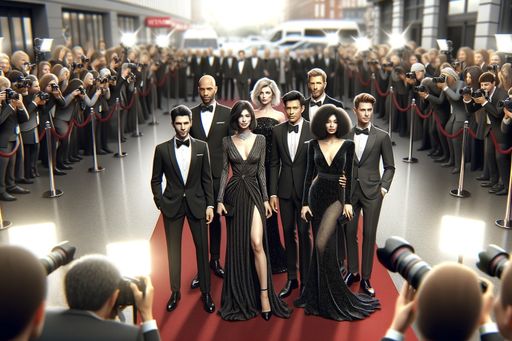Twitter Search Error: Taylor Swift Photos Circulate on Social Media
Recently, AI-generated explicit images of Taylor Swift circulated on social media, causing a search error on Twitter. This incident raises concerns about the misuse of AI and the potential for disinformation efforts.

AI-Generated Images of Taylor Swift Circulate on Social Media
Last week, pornographic images of Taylor Swift, generated by artificial intelligence, went viral on social media platforms. The explicit images, showing the singer in sexually suggestive positions, were predominantly circulating on Twitter (formerly known as X). They were viewed by tens of millions of people before being removed.
Twitter's search function displayed an error message when users searched for Taylor Swift. However, the singer is still searchable using specific boolean operators such as "Taylor Swift" in quotation marks or "Taylor AND Swift." These searches provide normal results under all of Twitter's search function tabs. The search function error did not affect platforms like Instagram or Reddit.
The dissemination of digitally manipulated pornographic images of celebrities is not a new phenomenon on the internet. However, the rise of mainstream artificial intelligence software has raised concerns due to its ability to create realistic and harmful images. Social media platforms like Twitter have strict policies regarding the sharing of manipulated or deceptive content.
Concerns About Misleading AI-Generated Images in Election Year
The circulation of AI-generated explicit images of Taylor Swift comes at a critical time as the United States approaches a presidential election year. There are concerns that such misleading images and videos could be used for disinformation efforts.
The potential harm of AI-generated content extends beyond public figures with large online presences. In a recent incident, a 14-year-old high school student in New Jersey raised concerns about manipulated photos of her and her classmates being shared publicly. This highlights the challenges faced by school districts in dealing with the impact of artificial intelligence and technology available to students.
Currently, nine US states have laws against the creation or sharing of nonconsensual deepfake photography, which are synthetic images created to mimic someone's likeness. These laws aim to protect individuals from the unauthorized use and distribution of manipulated images.
Conclusion
The circulation of AI-generated explicit images of Taylor Swift on social media platforms raises significant concerns about the potential misuse of artificial intelligence. Platforms like Twitter are taking temporary measures to address this issue and prioritize user safety.
While the internet has a long history of digitally manipulated media, mainstream artificial intelligence software has made it easier to create convincing and damaging images. As technology advances, it is crucial for individuals, schools, and governments to remain vigilant and proactive in addressing the challenges posed by deepfakes and deceptive content.
The existence of laws against nonconsensual deepfake photography in certain US states highlights the recognition of the need for legal protections in this area. However, addressing the constantly evolving landscape of AI-generated content requires ongoing efforts and collaborations between technology platforms, law enforcement agencies, and policymakers.




